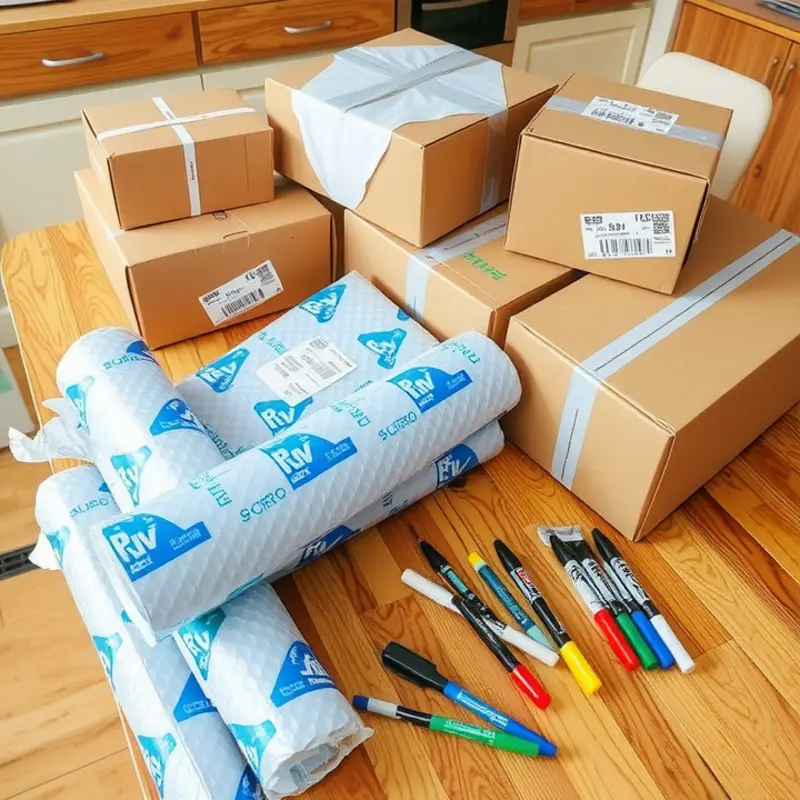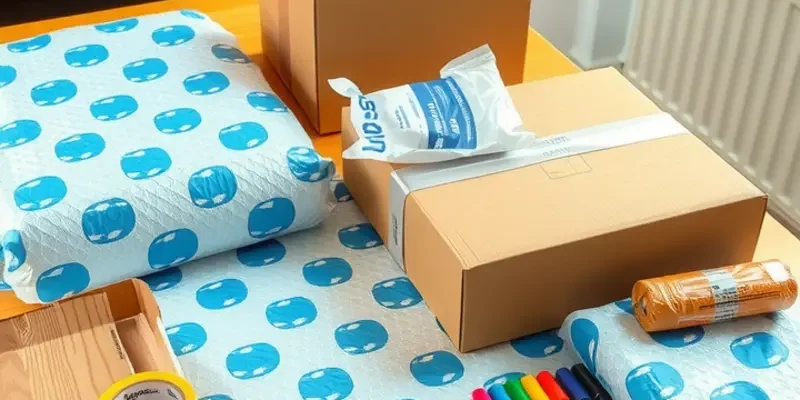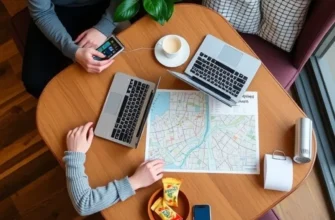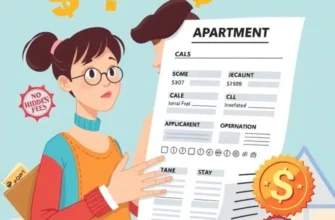Packing up your kitchen can feel like solving a complex puzzle where every piece wants to break or, worse, vanish into thin air. For young adults, first-time renters, and busy professionals, ensuring your pots, pans, and prized kitchen gadgets survive the move is crucial. After all, you still want to whip up a mean spaghetti while avoiding a kitchen disaster that ends with you and your spatula in a tangled mess. In this guide, we’ll share tips to tackle your kitchen packing, making it as easy as pie—minus the baking part for now. Get ready to confidently box up your culinary treasures while keeping them safe and sound for your new rental. Whether you’re a couple starting your first home together, a family upgrading or settling into a new space, our lighthearted yet informative approach will help you master the art of kitchen packing.
Choosing the Right Packing Materials

Selecting the best packing materials is crucial when moving your kitchen essentials. Protection for fragile items starts with strong boxes. Opt for corrugated cardboard boxes, as they offer durability and strength. These boxes can be reused or recycled, adding an eco-friendly bonus to their long-lasting nature.
When it comes to cushioning your delicate dishes, bubble wrap is a must. This packing staple absorbs shock and prevents breakage. Wrap each dish individually and save extra layers for the most fragile items, like glassware. Alternatively, you can use foam wrap, which is thinner but still effective for protecting fragile surfaces.
Packing paper is another versatile material. Unlike newspaper, it’s ink-free, so it won’t stain your belongings. Use it to fill empty spaces in boxes to keep items from shifting. Stack plates on their sides instead of flat to redistribute pressure and minimize the risk of cracks.
For extra protection, consider cushioned dividers, especially for stemware and glasses. These inserts facilitate effortless packing and unpacking, reducing your workload during the move. Some people find that repurposing old towels or linens for added padding is effective and budget-friendly.
Dish barrel boxes are specialized containers for heavy, breakable kitchenware. They are particularly useful for protecting items like cast iron pans, which require extra care during transport. Consider investing in these if you want maximum protection for your most valuable kitchen items.
But where can you find these materials without breaking the bank? Local community boards or online marketplaces often offer free or low-cost packing supplies. Consider visiting stores that ship products daily, like bookstores, which usually have a surplus of quality boxes. Additionally, inquire at your workplace whether they discard packing materials, as this could be a cost-free option.
For a seamless and organized move, consider combining these packing strategies with useful tips found in related guides, such as apartment move-in essentials. This will help you build a comprehensive plan, ensuring all your kitchen items arrive safely and ready for use in your new space. By investing a little thought into your packing materials, you’ll save money, time, and prevent last-minute stress.
Strategic Packing Techniques for Fragile Items

Once you’ve gathered your packing materials, it’s time to address those nerve-racking fragile items. Safeguarding your glassware, plates, and other breakables requires strategic packing techniques. Let’s explore some methods to minimize the risk of damage during transit, turning what could be a stressful task into an organized adventure.
Begin with the basics—the packing order. To cushion and protect, start by laying a few layers of packing paper or bubble wrap at the bottom of the box. Next, tackle plates. Place one at a time in the center of a packing sheet, fold the corners in, and stack vertically in a box. Vertical stacking reduces the weight strain and makes them less prone to breaking due to gravity or pressure from above.
When it comes to glassware, the key is ample padding and secure placement. Wrap each glass individually using packing paper or a piece of bubble wrap. Stuff the insides with crumpled paper to maintain their structure and offer additional cushioning. For extra security, pack smaller glasses within larger ones after wrapping each separately. This technique not only saves space but doubles the buffering against impacts.
For those particularly delicate items, dividers can be your best friend. These cardboard inserts are excellent for structuring glasses in boxes, preventing them from knocking against each other. Be sure to fill any gaps in the box with packing peanuts or crumpled paper to avoid unwanted movement.
Labeling is another critical step in the packing process. Use bold markers to clearly write “fragile” on all sides of a box containing breakables. Also, indicate which side should be up for safe handling, providing guidance to movers and yourself during relocation. This ensures these boxes receive the careful handling they require.
To make your unpacking effortless, categorize and label based on room and item type. For instance, “Kitchen – Plates” or “Living Room – Glassware.” This organization diminishes chaos once you arrive at your new home, allowing you to focus on unwinding rather than sorting through jumbled items.
Amidst packing endeavors, remember that a methodical approach transforms this daunting task into a manageable one. Turn to resources like apartment organization with baskets if you seek further tips for creating an orderly new space at your destination. As you pack with care, reassure yourself that these clever techniques serve as reliable safeguards, leaving you confident in the durability of your belongings as they travel to your new abode.
Final words
Packing your kitchen items safely might feel like an overwhelming task at first, but with the right techniques and materials, it can turn into an enjoyable part of your moving adventure. By investing a bit of time into packing wisely, you’ll protect your cherished kitchen tools and be ready to dive back into cooking in your new space in no time. Remember, it’s all about planning ahead and keeping it fun. So, grab those packing materials and channel your inner moving expert—you’ve got this!









